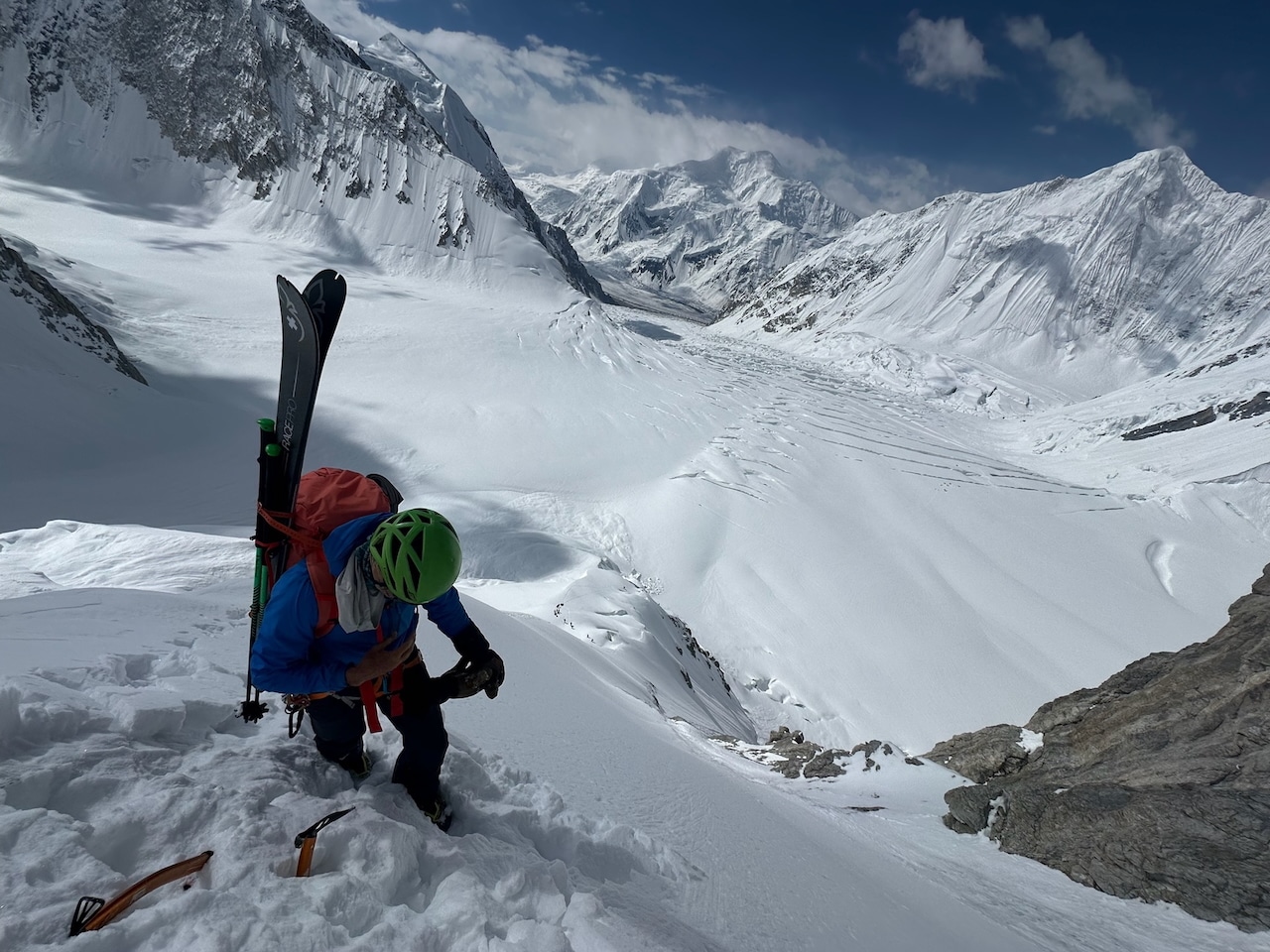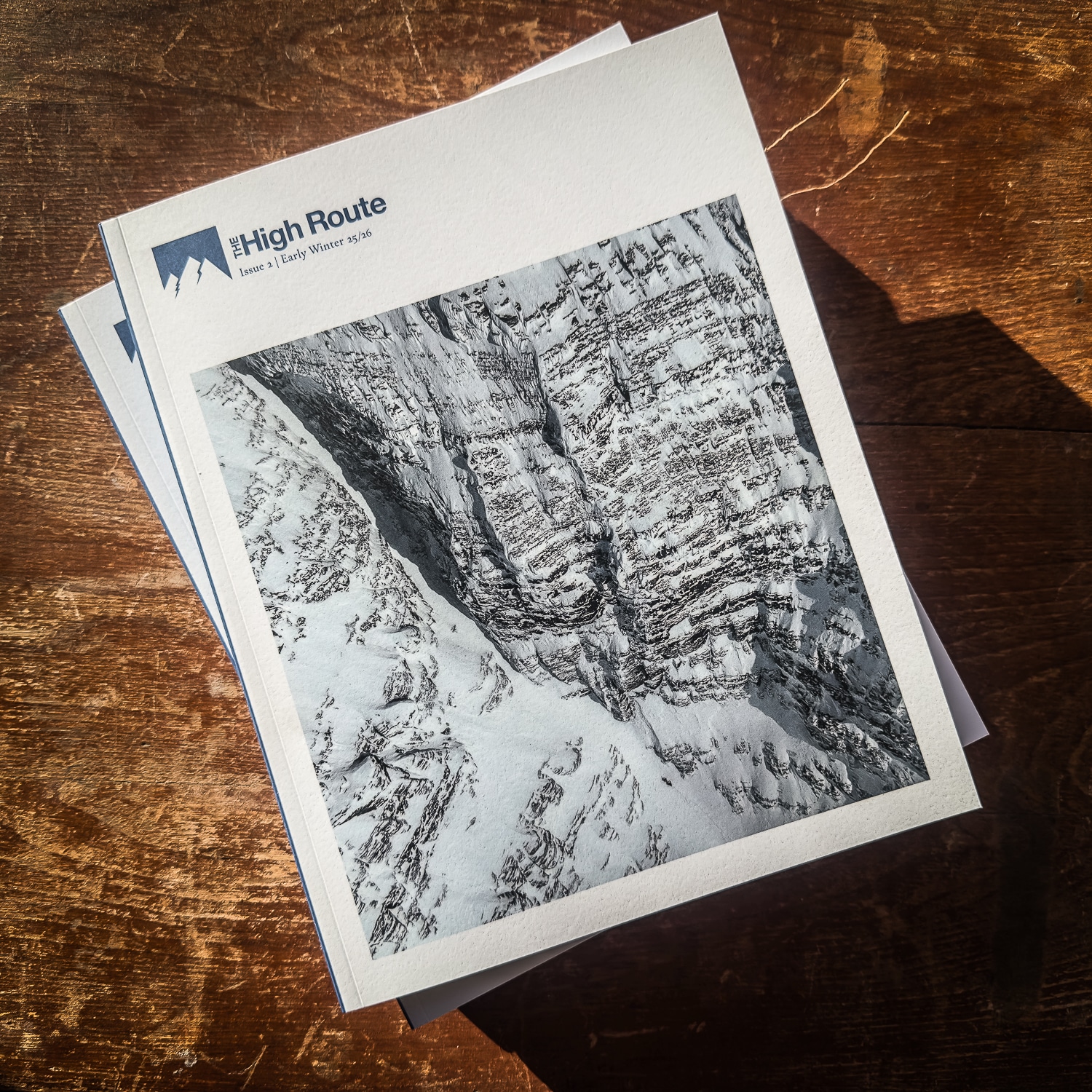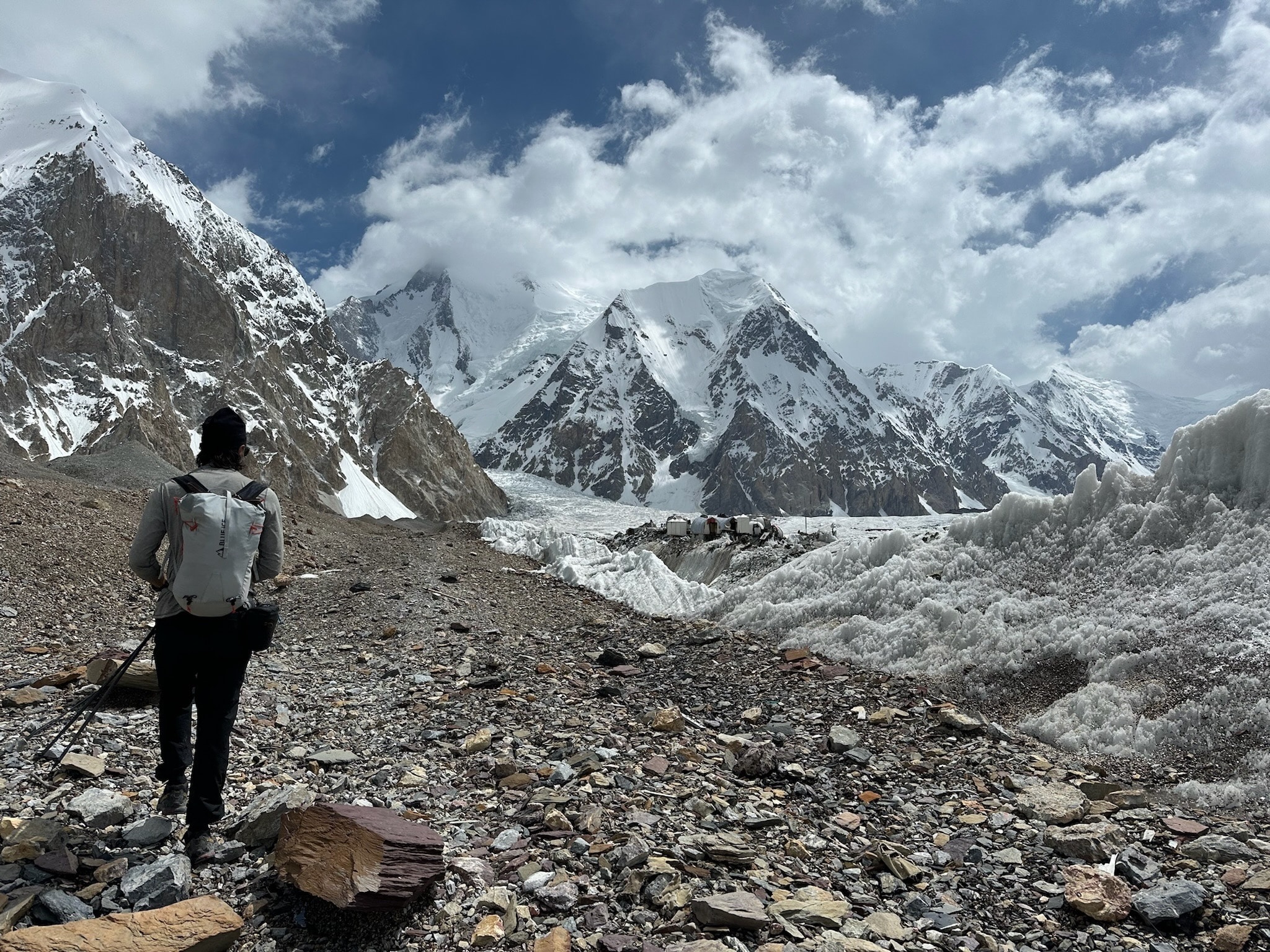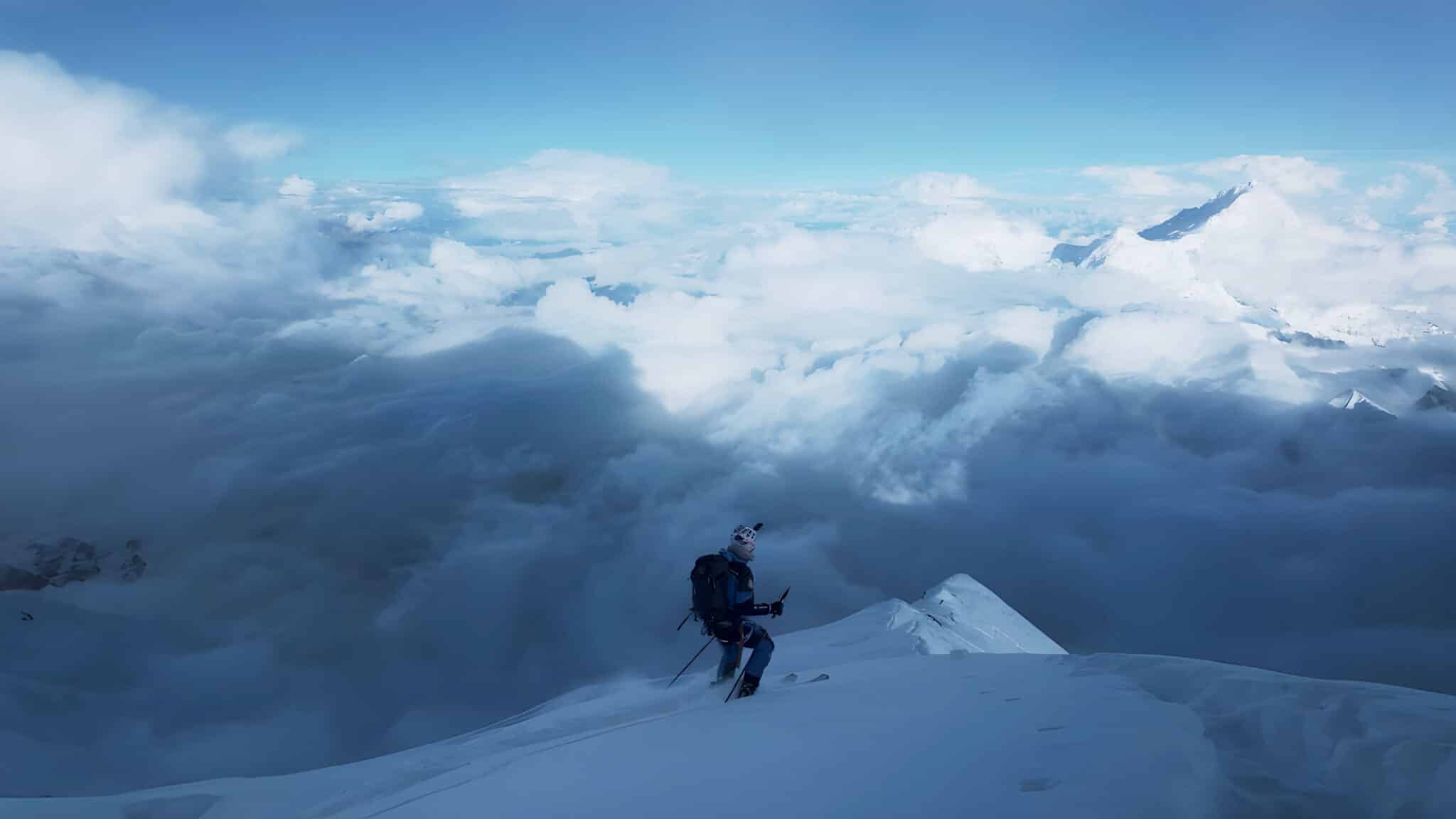What prompted this interview is a bit of buzz in the pack and outdoor fabric world. Let’s begin with Aluula Composits, a West Coast Canadian company. If you are into kiting or niche pack companies, you have likely heard of Aluula Graflyte, a UHMWPE fabric that is lightweight and waterproof. From a design and manufacturing perspective, Graflyte offers some compelling advances. Sure, the fabric can be sewn—not an advance—but it can be heat-welded, as it bonds to itself with heat. This means pack manufacturers using the fabric can build with reduced stitching and no glue. The key here, also, is durability. We are in the early stages of Graflyte packs, but we are bullish on the durability.
Arc’teryx is releasing a new Alpha series pack (the cornerstone of their alpine pack line) called the Alpha SL. We’ll have Gavin’s first look published shortly. The pack’s SL naming convention must mean super light, as it is built with Graflyte and is markedly lighter than the traditional Alpha FL 30 pack: Arc’teryx claims that with certain add-ons removed, the pack has an over 50% reduction in weight. The Alpha SL is an alpine climbing pack that could, under some use cases, become a ski pack. Many readers also dabble in the off-season with climbing, so we chose to step out of our lane and learn more about the fabric and how a company like Arc’tery’x iterates and brings new materials into their design shop, iterates, and ultimately scales and brings a new pack with new materials and manufacturing processes to market.
The interview has been lightly edited for length and clarity.
****
THR: I’ve used one Aluula pack; it has a distinct auditory signature. Call it crinkly. When the designers at Arc’teryx are talking about materials from a sensory perspective, these modern materials all have somewhat distinct properties, be they tactile, auditory, or something else. How would you describe this new material from our human senses?
Chris Hodgetts: First, it’s something that we definitely obsess about, like the hand feel and the sound and the visual characteristics, and we go down a path where we’re like, “oh, this is a crinkly material that looks like rumpled paper after use or after manufacturing. We’re definitely considering that. There have to be pretty significant payoffs because there’s going to be compromises with every material decision.






Leave a Reply
You must be logged in to post a comment.